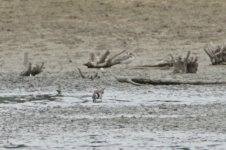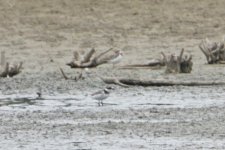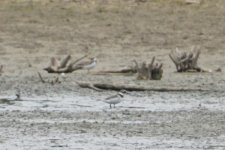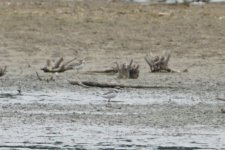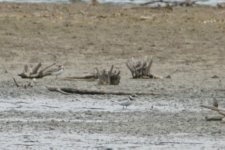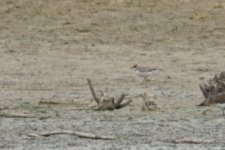Tom St
Well-known member
Hello,
I have some severely cropped photos of two distant Common/Little Ringed Plovers. Are they IDable to species? I believe the single bird in plover_f is the same individual that is in the background in the other photos.
Photos taken 16th August 2023 in Geer, Belgium.
I have some severely cropped photos of two distant Common/Little Ringed Plovers. Are they IDable to species? I believe the single bird in plover_f is the same individual that is in the background in the other photos.
Photos taken 16th August 2023 in Geer, Belgium.




